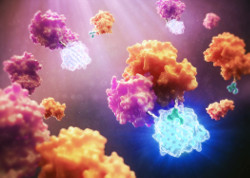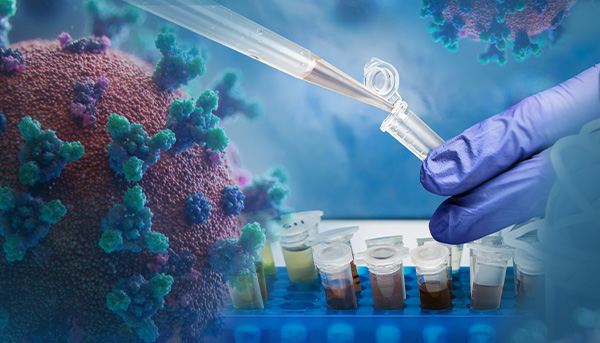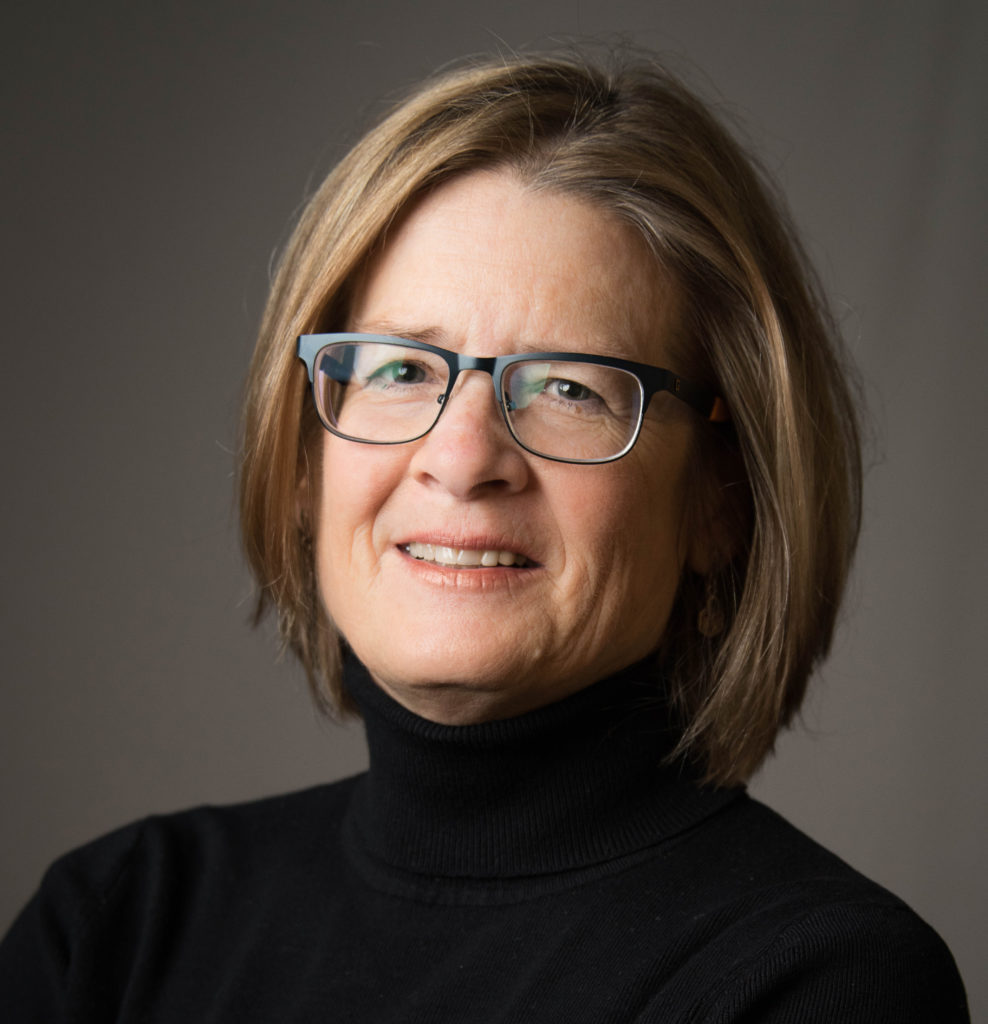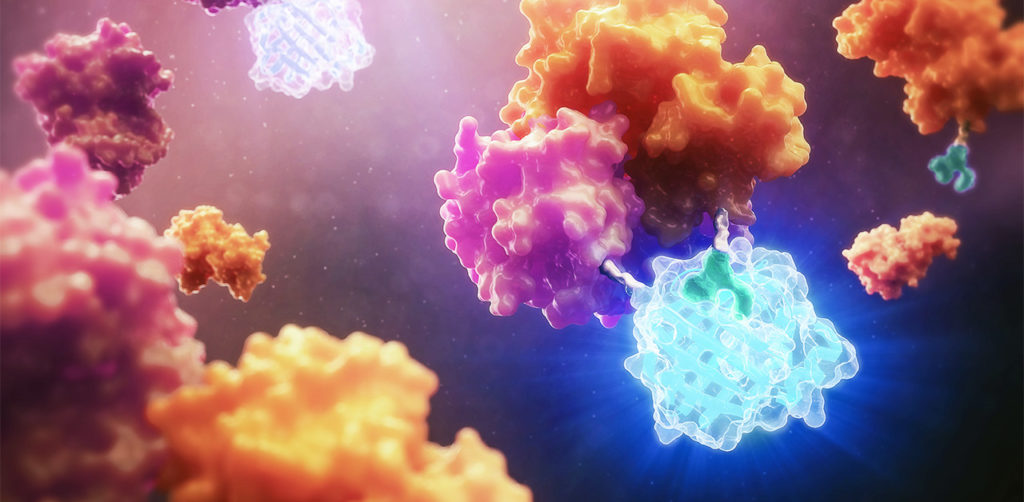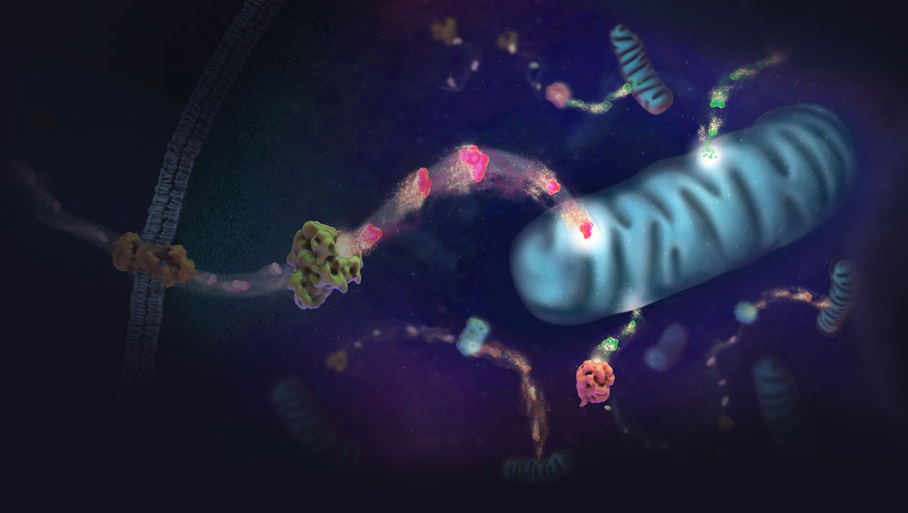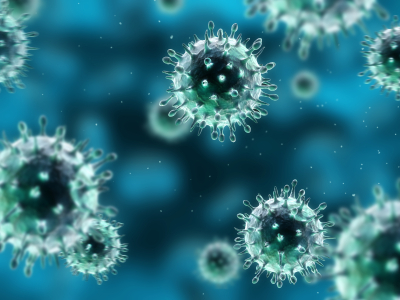What is the Developmental Clock?
The development of the human embryo is a complicated process that involves careful coordination of thousands of genes. Just like musical instruments in an orchestra, each gene performs its role—sometimes silent, sometimes intense—but always right on cue. The tempo of the symphony, or the speed of embryonic development, depends on an intrinsic biological clock known as the developmental clock. The developmental clock is like the conductor of the orchestra, controlling the tempo of the music and ensuring that each gene is expressed at the right moment with the right intensity. If just one gene is expressed too soon or going one beat too fast, it could disrupt the harmony of the whole symphony, resulting in an improperly developed embryo.
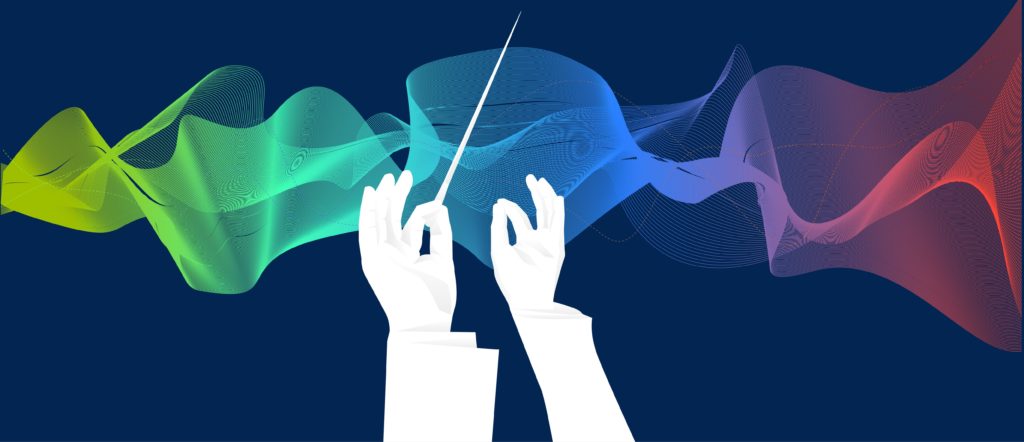
One example of what could happen when the developmental clock is disrupted is a disease called spondylocostal dysostosis (SCDO). SCDO is a genetic disorder that causes abnormal formation of the spine and ribs. Patients often have a short neck and trunk, and an abnormal curvature in the spine (scoliosis). SCDO can be caused by a mutation in the HES7 gene. HES7 is an “oscillating gene”, a kind of gene that is expressed in a rhythmic pattern—like the beating of a drum. This rhythm is essential for forming our ribs and each vertebra of our spine—a process known as “segmentation”—during early embryonic development.
Continue reading “Observing the Human Developmental Clock with Bioluminescence Live-Cell Imaging”